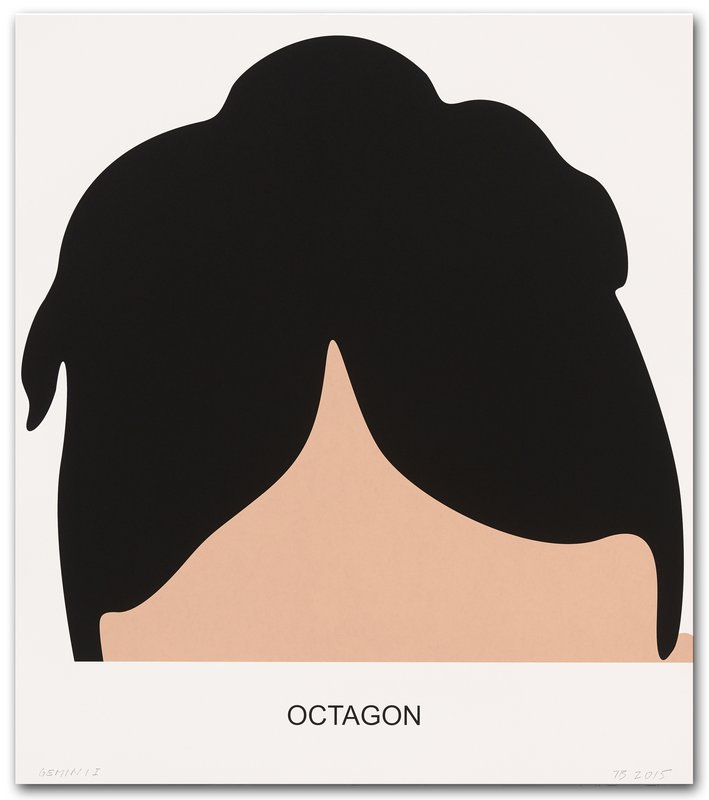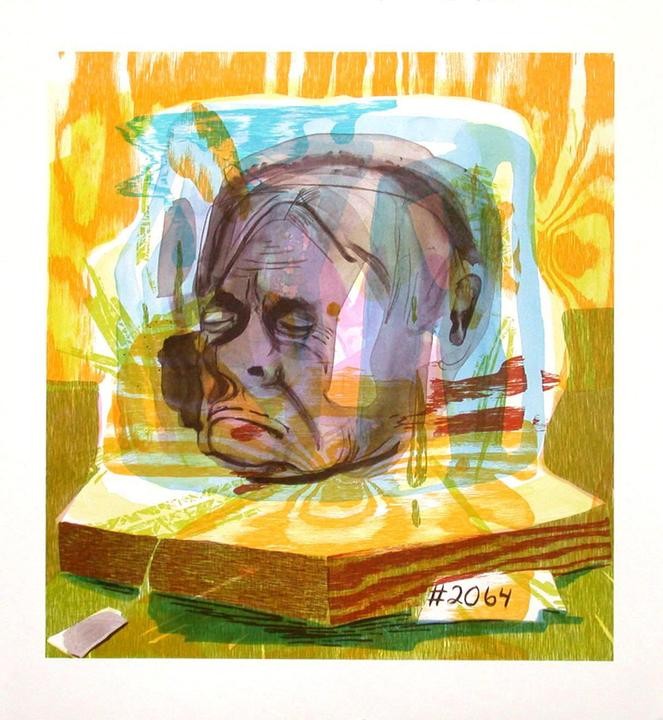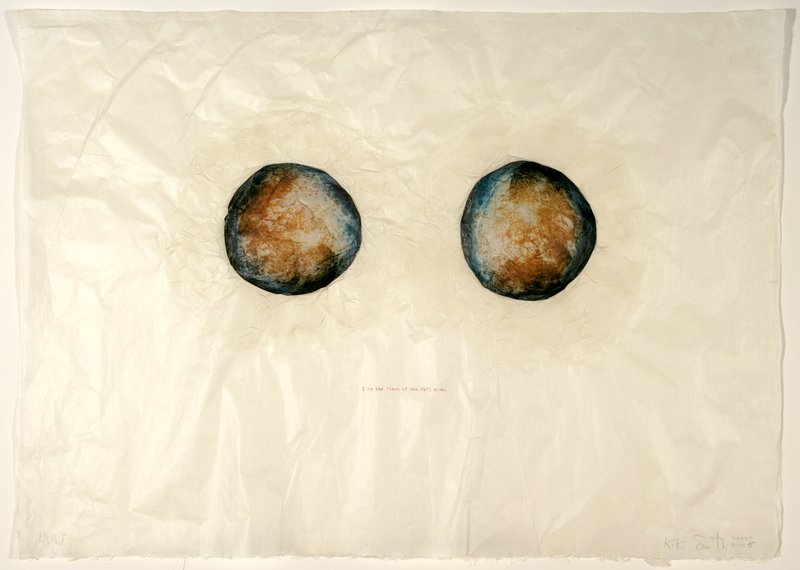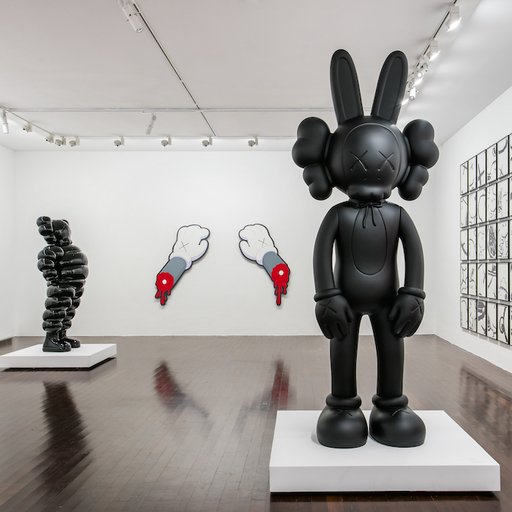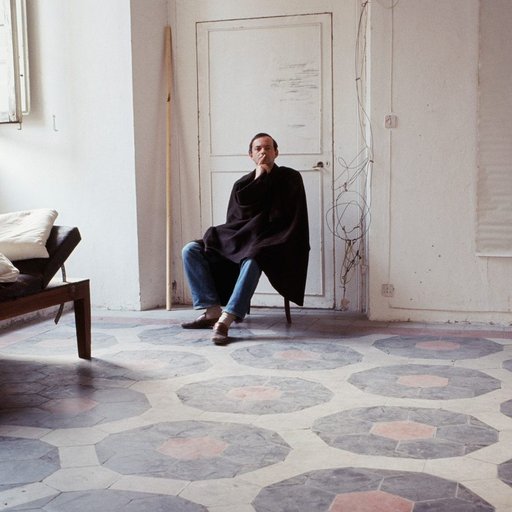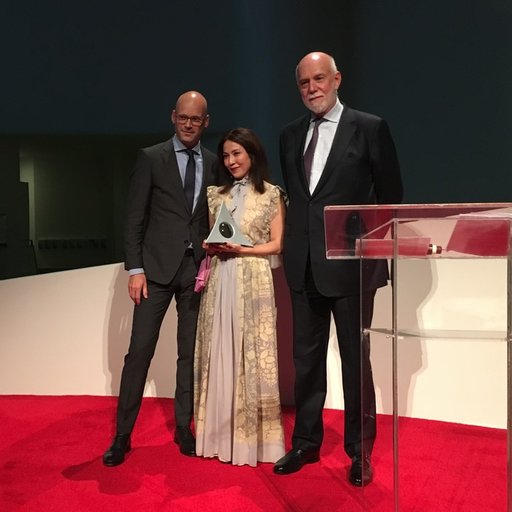The work of big-name artists can seem unattainable. But prints offer an accessible way to participate in an artist's career. Here are eight artist's prints that are worth every penny.
[shrigley-module]
One of Artspace's best-selling artists, British illustrator David Shrigley makes visual aphorisms that draw their wry sense of humor from their ability to be as true and relatable as they are discomforting and just plain weird. Often taking the composition of a single-panel comic, his crude, cartoonish, Philip Guston-like renderings are immediately laughable in their awkwardness.
[gilliam-module]
The 85-year-old artist Sam Gilliam is "outlandishly famous,” he marveled to the Washington Post, but his recognition (which has spanned exhibitions at Dia:Beacon, Seattle Art Museum, Contemporary Arts Museum Houston, Speed Art Museum, and Corcoran Gallery of Art in D.C., along with surging auction prices) is long overdue. A Washington D.C.-based abstract painter, Gilliam spent the '60s dying his colorful canvases in obscurity while his white Washington Color Schools received recognition for arguably less notable innovations. Now represented by David Kordansky Gallery (nearly every artist this dealer touches turns to gold... or at least a sold-out fair booth), Gilliam's work can fetch more than half a million dollars for a painting on canvas at auction. His prints, however, remain affordable (for now)—so grab one while you still can.
[schutz-module]
An artist represented by Petzel Gallery, one of Chelsea's finest, is now represented in the UK by Thomas Dane Gallery, which represents other heavy-hitting artists like Cecily Brown, Lari Pittman, Amy Sillman, and Glenn Ligon. The artist, who raised controversy during the 2017 Whitney Biennial for depicting the body of Emmett Till in an open casket, will have her first solo show at the gallery in October of 2019—the artist's first solo show in London since 2013.
[richter-module]
One of the first German artists to address the country’s Nazi history, Gerhard Richter’s oeuvre includes both abstract and photo-realistic paintings. Artspace offers several prints from the artist's P series (the artist describes as “facsimile objects”) that are offshoots of his Flow paintings, which were created by capturing poured enamel paints on a glass surface (and go for $15,000,000 - $20,000,000 at auction.) Earlier this summer Richter inaugurated The Shed, the new arts center in Chelsea, with an exhibition in collaboration with composers Steve Reich and Arvo Pärt that "explore the shared sensory language of visual art and music," organized by star curator Hans Ulrich Obrist and The Shed's CEO Alex Poots.
[baldessari-module]
The American conceptual artist John Baldissari is arguably one of the most influential artists of his generation. Working primarily with found photography and appropriated imagery, he began in the sixties painting single phrases from art theory texts on large-scale canvases. In 1970, he disavowed these pieces by burning them in a piece titled The Cremation Project, a gesture that tested the boundaries of what can be considered art. Baldessari is perhaps now best known for his dot works, in which brightly colored adhesive dots are placed on over the faces of people in paintings and photographs. Baldessari has been the subject of over 200 solo shows in the U.S. and internationally, with major retrospectives at the Metropolitan, the Tate Britain, MOCA, and LACMA, among others.
[noland-module]
Educated at Black Mountain College, Kenneth Noland was a Color Field painter celebrated by Clement Greenberg, the most influential critic and proponent of American Modernism. Said Greenberg of Noland’s work, “Color counts by its clarity and its energy; it is not there neutrally, to be carried by the design and drawing; it does the carrying itself.” Noland’s etching and acquaint on Guarro paper (initialed and numbered) is illustrative of the artist’s signature use of common geometric shapes and his exploration of soft color. Diane Waldman, distinguished art historian and author of the exhibition catalogue for Noland's 1977 Guggenheim retrospective, writes: "The spare geometry of his form heightens the emotional impact of his color. The rational and the felt, distilled form and sensuous color intermesh to create a magic presence. His color is space. Color is all." Join the Whitney, Tate, Guggenheim, Stedelijk, Hirschhorn, and many other prestigious institutions in collecting Noland’s important work.
[salle-module]
A former student of Baldessari at CalArts in the '70s, Salle burst onto the contemporary art scene in the early 1980s with paintings that combined art-historical references and appropriated imagery from pop culture. With his paintings fetching over half a million dollars, prints from Salle's Canfield Hatfield series are great entry points to his work. Of the series that artist writes: “Professor Canfield Hatfield was a supposedly real-life character who… [worked] as a paid maker of rain for drought-stricken communities in the West—a high-wager kind of job and by extension a useful metaphor for the relationship between risk, hope, and fraud that enter into any art-making or rain-making situation.” While these concepts are rather abstract, they nonetheless play out in this enigmatic work (an etching in an edition of 60), as the viewer is challenged to either devise a narrative from the disparate elements, or else find consolation in the uncertainty.
[smith-module]
Best known for her sculptural depictions of the female body, often represented through anatomical fragments, Kiki Smith—the daughter of the major Minimalist sculptor Tony Smith—emerged in the 1980s as part of the anarchic, experimental East Village art scene in New York. Merging a sense of spirituality with political concerns, Smith’s works of the 1980s and 1990s often addressed questions of mortality and abjection, as in cycles of work devoted to depictions of organs or employing bodily fluids, which took on a heightened significance in the midst of the AIDS crisis, which was ravaging the New York art world at the time. In addition to the sculptural work for which she is best known, Smith has also made prints throughout her career, considering it to be an equally vital part of her practice. As Smith has stated, “prints mimic what we are as humans: we are all the same and yet every one is different. I think there’s a spiritual power in repetition, a devotional quality, like saying rosaries.”












